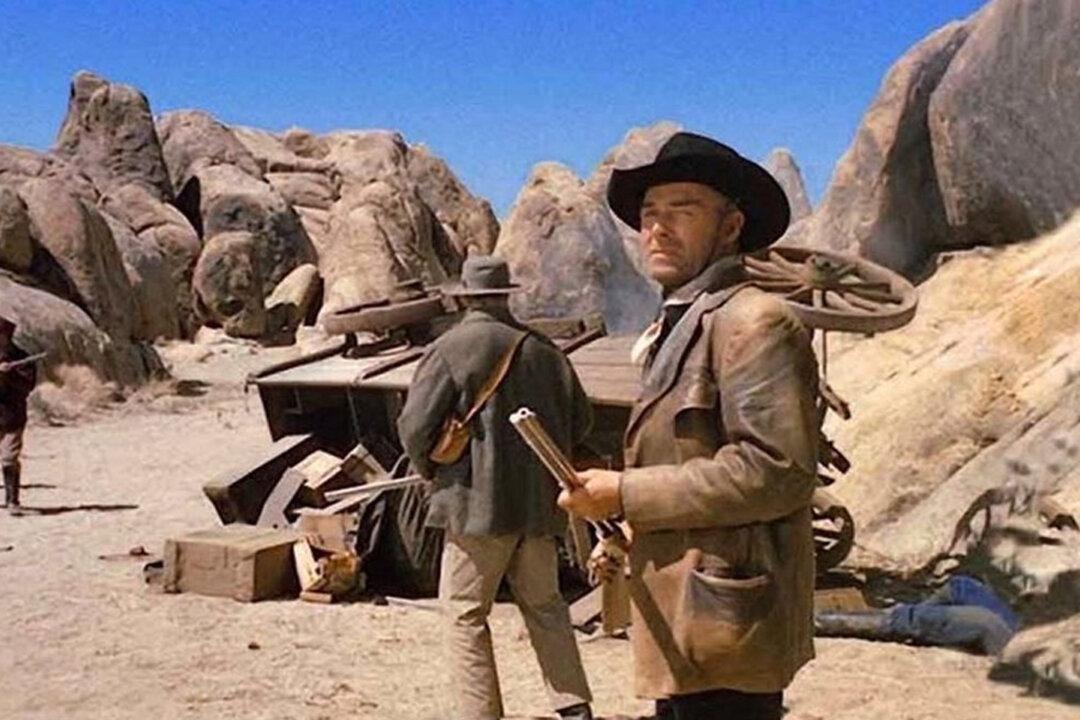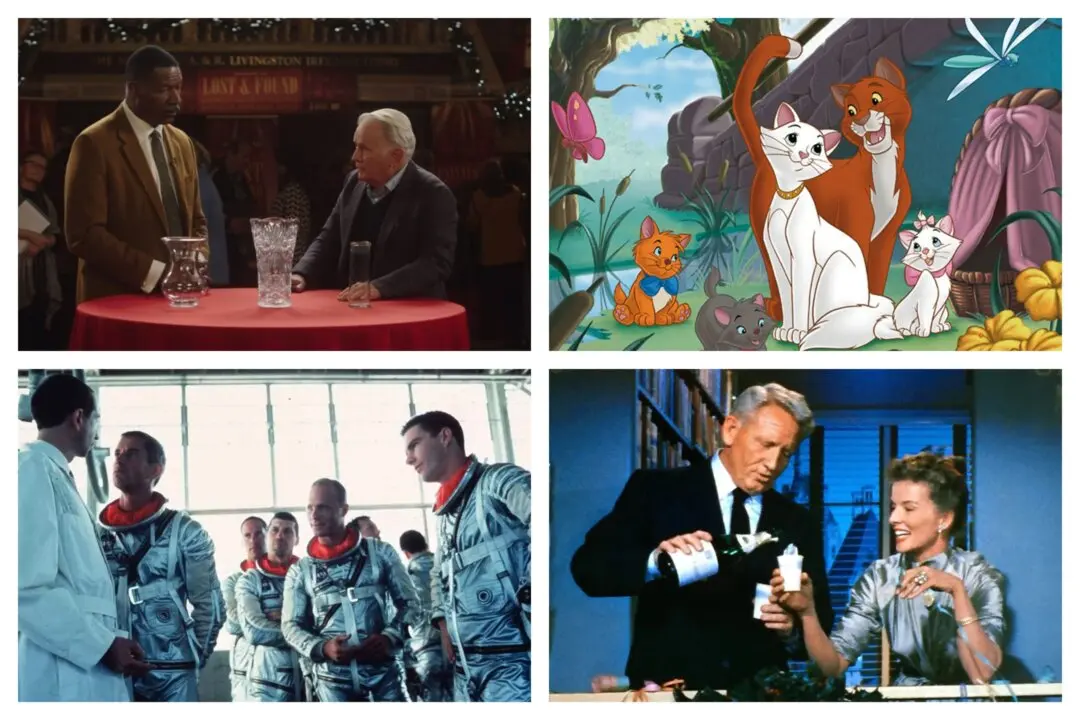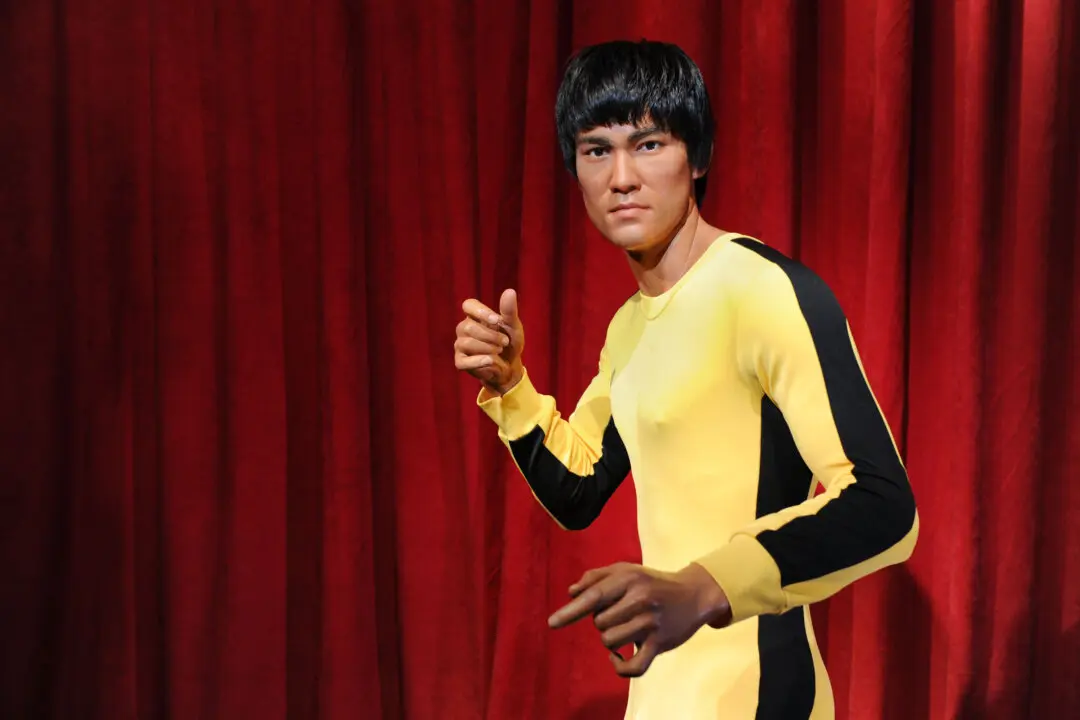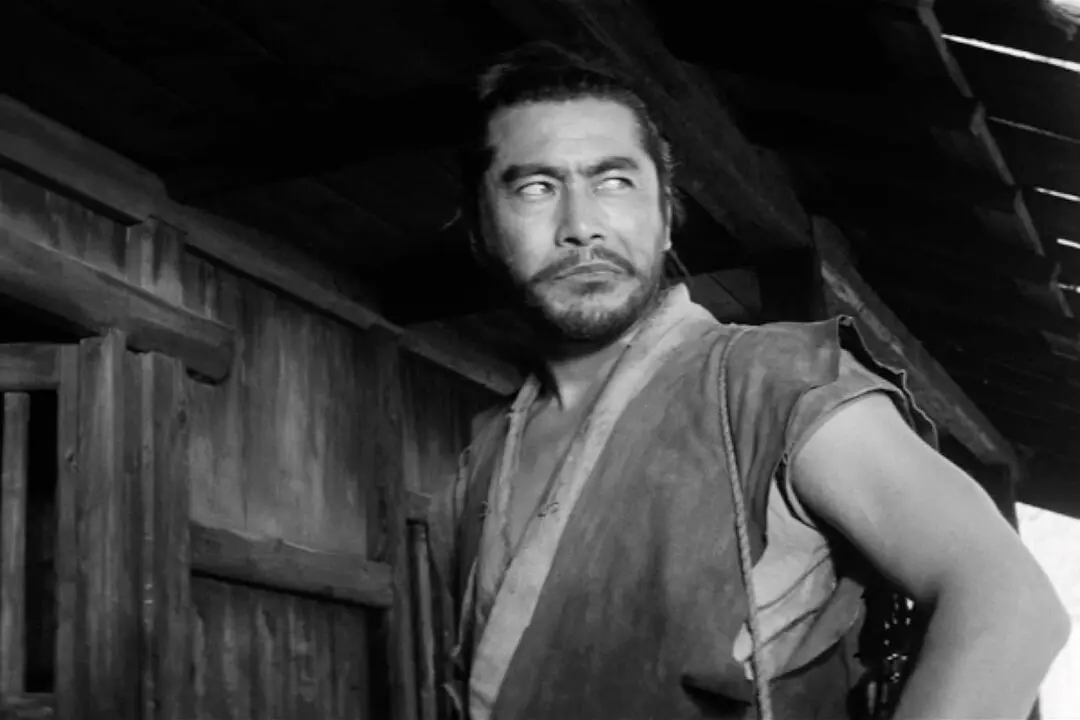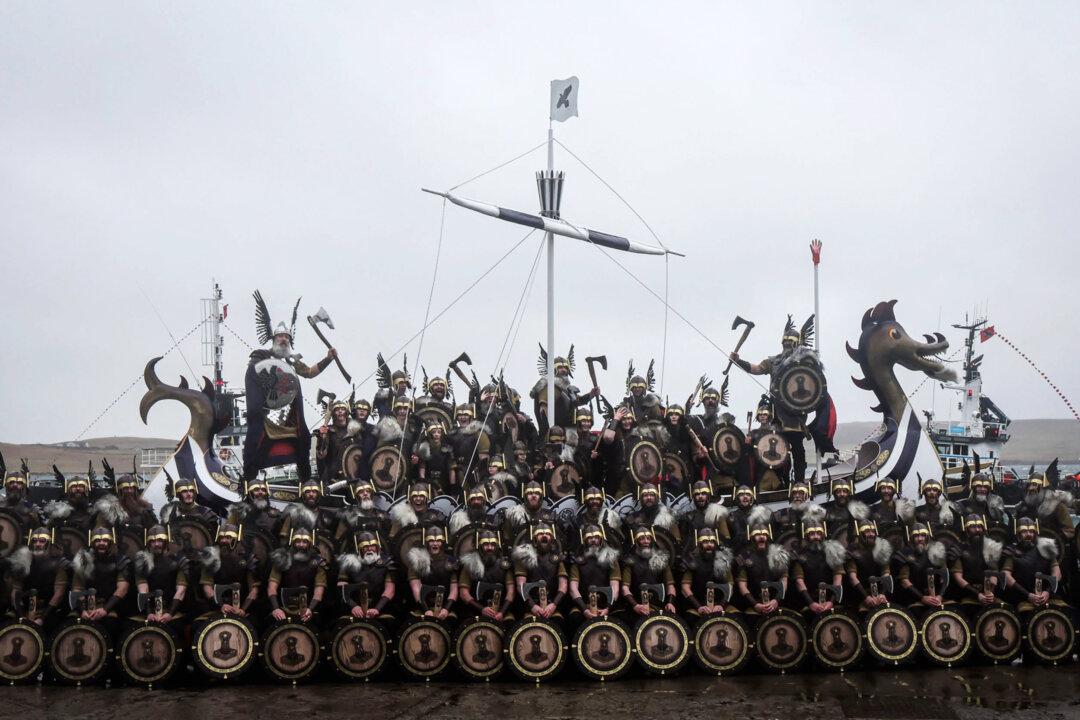NR | 1h 21m | Western | 1952
Randolph Scott was one of the most bankable stars of his era. He carved out a niche as the embodiment of rugged virtue and stoic heroism, particularly in the great American Western. His lengthy career spanned genres, but films like “The Texans” (1938) and “Comanche Station” (1960) cemented his legacy as a cowboy icon.

